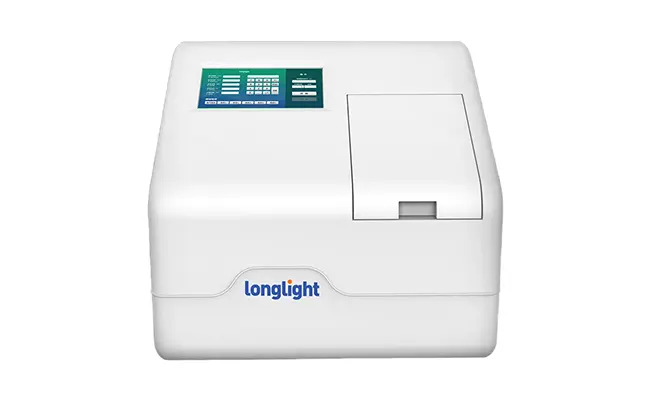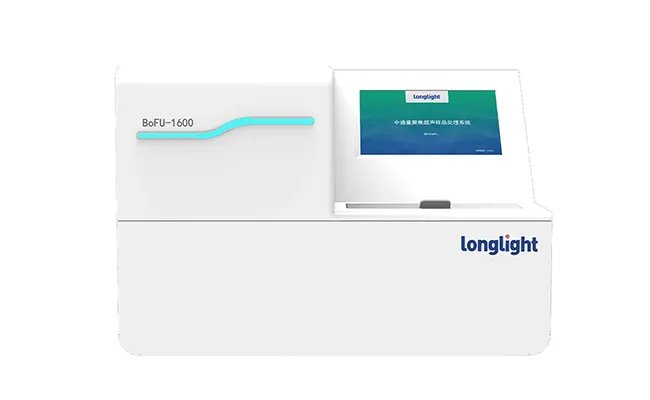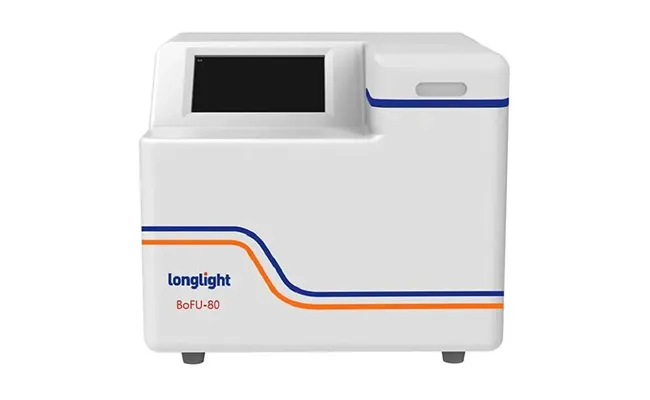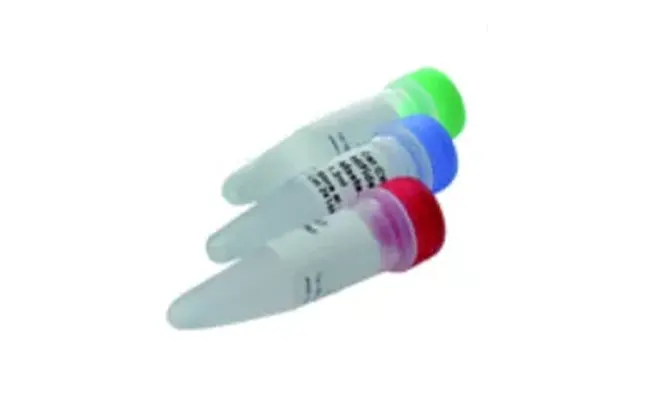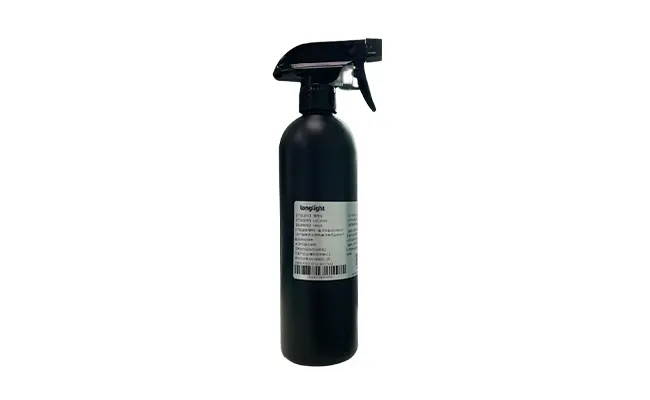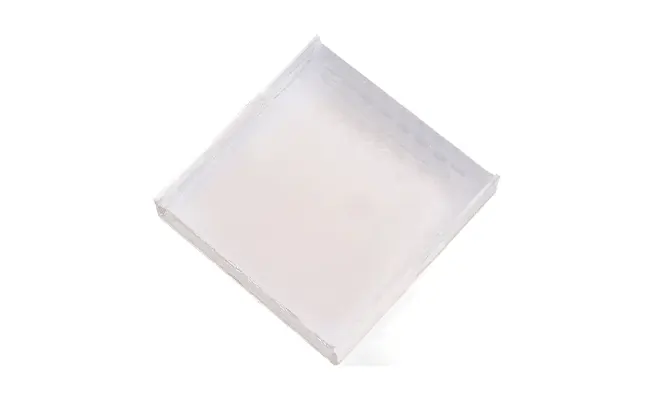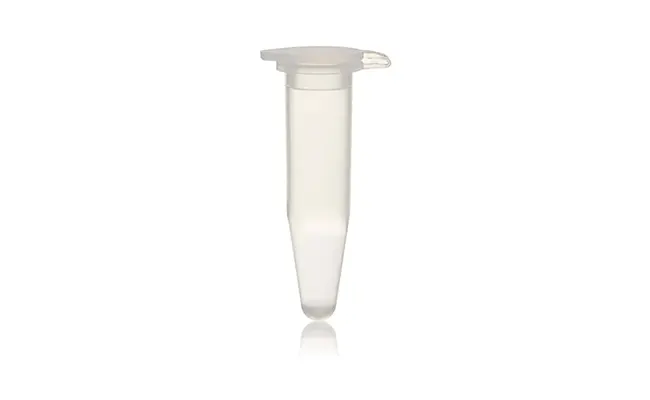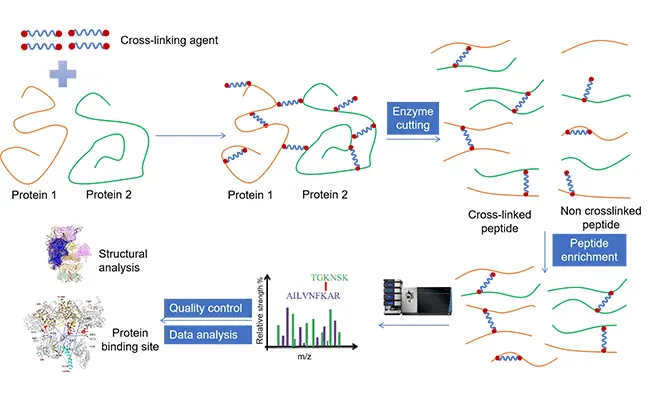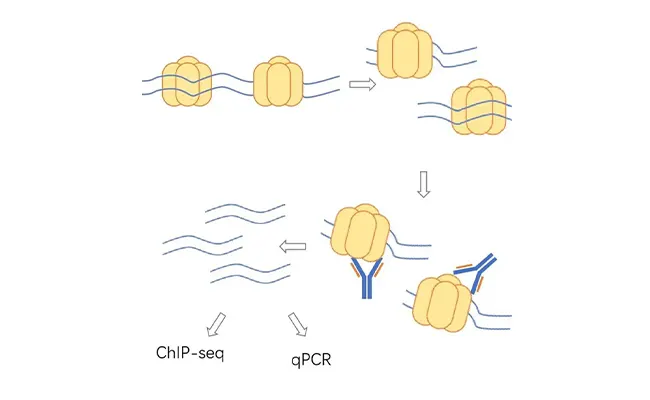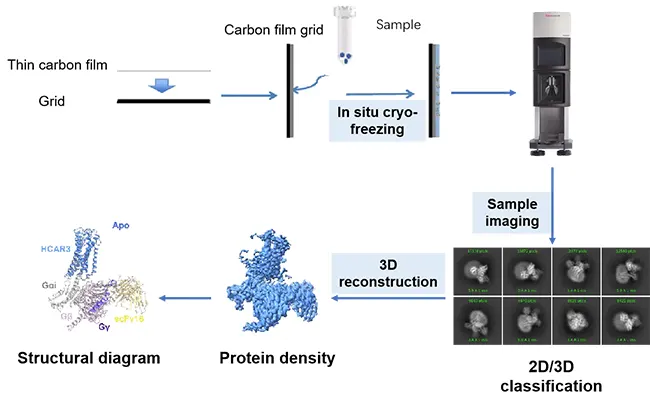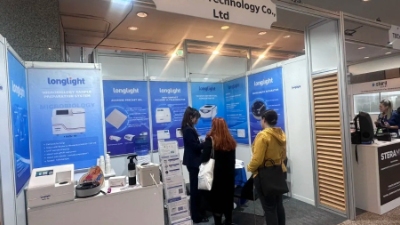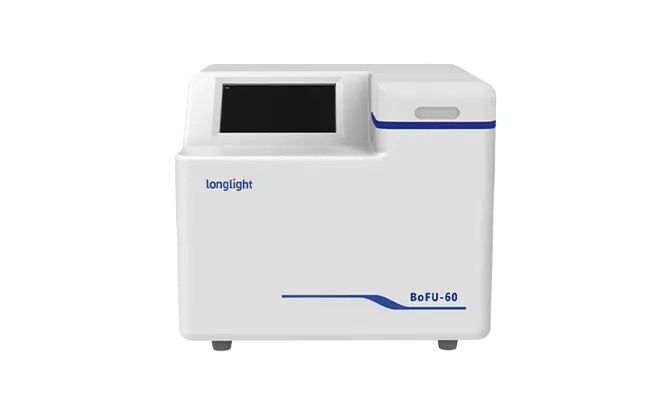Postagem relacionada
Retrofit de LED UV para impressoras: a atualização definitiva com eficiência energética
2025-07-22Outdated operational methods may need to be reconsidered if your printing systems still utilize mercury vapor lamps. The industrial and commercial printing sectors are poised to undergo massive shifts with the introduction of UV LED retrofit technologies. Ultraviolet (UV) LEDs stand to greatly benefit flexographic and offset printers, as well as digital and textile printing. These industries can now embrace cost-cutting by retrofitting LED lamps. Furthermore, maintenance and ecological footprints are greatly improved. Electric retrofit kits, their advantages, and selection criteria, alongside printer compatibility, will be discussed, as well as their functions and the mechanics of various models.
What Are UV LED Printer Retrofitting Systems?
UV LED Retrofitting systems are conversion kits that replace traditional curing systems with ultraviolet light-emitting diode (LED) lamps. Within UV printers, mercury-based UV lamps serve as traditional curing systems. These systems can be easily integrated as they have complete conversion kits that include the lamps, cooling modules, and power and regulation control systems.
Components of UV LED Lamps
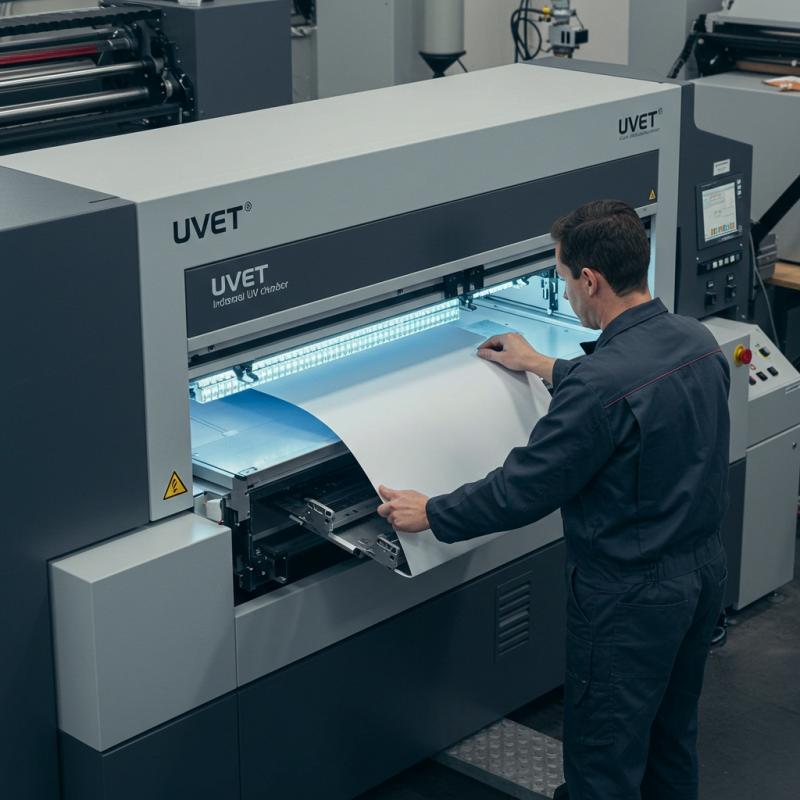
- Digital Control Units
- Cooling Systems (air or water cooled)
- Integration Mounts for the Above Systems to be Fixed to the Required Structures
- Electrical Interfaces with the OEM Requirements
These modifications allow systems to become more self-contained and self-sufficient in automating their processes, hence reducing reliance on external systems.
Advantages of the System
These are the arguments that print engineers and technologists claim justify retrofits for these systems:
Instantaneous activation and deactivation of functionality
Power savings are realized because of the lack of warm-up periods to be powered on and off with the UV LED lamps.
Extended Service Life
UV LED modules outclass mercury vapor lamps, which only provide 1000-2000 hours with a service life of 20000-30000 hours.
Ink curing with UV radiation.
Precision and uniformity in UV Exceeding Performance LED guarantees rapid ink curing.
Adjustable radiation emission
Most retrofits enable range tuning between 365-405 nm making it flexible for a given ink and substrate.
Improved Energy Efficiency for Printers
The incorporation of UV LED technologies into a printer makes the system much more productive and saves a significant amount of energy. Conventional UV Mercury vapor lamps are notorious for high consumption of energy, which leads to overconsumption of heat, requiring costly maintenance and expensive replacements. Newer UV systems, which are also more sustainable, provide an 80% power savings and much lower heat output.
- All flexographic presses, inkjet, and offset systems can incorporate UV LED technology at any stage during the printing process. Usage of UV LED technology, which has instant-on, no-warm-up curing, negates the need for warm-up periods. This improves carbon footprint, utility costs, reduces environmental burden, and provides greener operations.
- The majority of market-standard LED modules offer over 20,000 hours of operational work without unscheduled downtimes. These modules make work easier by reducing the need for frequent breaks due to maintenance. In addition to working towards a better work culture, these systems greatly benefit the environment as they emit hazardous ozone and mercury.
- Upgrading to UV LED systems remains the most effective method for companies seeking to improve efficiency without overhauling existing systems. For retrofit adopters, there is great appeal in the profitability that such upgrades offer.
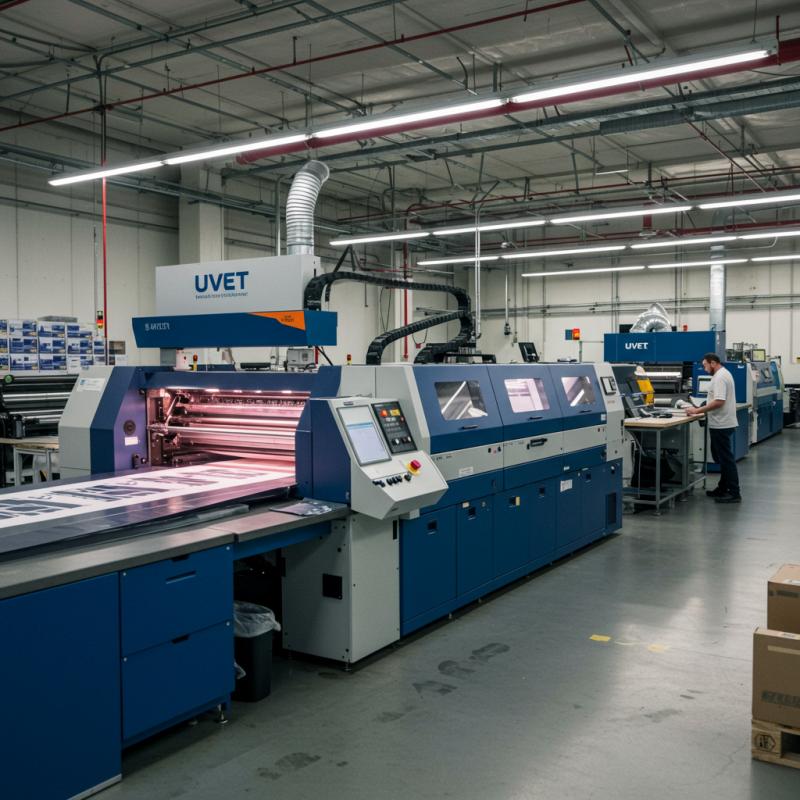
Visit the UVET website on UV LED retrofits for insights on quality improvements and reductions in energy consumption.
Industry-Specific Use Cases
Flexographic Printers UV LED Retrofits Pronto Chrome
Flexographic Printers have gained a reputation as some of the fastest printers available. The use of UV LED also provides instant drying of materials, exponentially improving turnaround time and cutting down on material waste.
Conversion of Inkjet Printers to UV LED
In industrial and wide-format inkjet printers, heating systems are often required to cure materials such as PVC, glass, and fabric during several stages.
Screen and Textile Printing
LED UV filters become safe due to the cessation of burning, which allows them to quit the stifling of heat and allows fabrics to be saturated with heat-sensitive color filters more vividly and without damage.
Label Printing and Offset Presses
The adoption of UV LEDs has also improved productivity in high-speed offset presses.
The incorporation of such technologies has led to a reduction in pressroom downtime as well as an increase in overall productivity in high-volume offset printing.
Requirements Of A Printer with A UV LED Lamp
Replacing the outdated infrared thermal printheads with LED arrays is much easier than most people perceive. A majority of these activities can be categorized under highly energy-efficient systems with low operational standards.
Confirm Brand, Model, And Primary Features
With the print and adequate curing unit, examine for relevancy. Are Retrofit de LED UV para impressoras units verified to be relevant and compatible with the platform?
Install The Frame
During the operation, ensure that an even surface distribution of interaction across the entire area is maintained. Adjustments for uniformity are necessary along the mounting framing brackets.
Connect The Electrical Units
Cooling devices, whether air or liquid cooled, require mechanical and electrical connections to a water pump, as does the module’s LED driver. Confirm interface ground and control assignments for assigned domains.
Validation For Testing, Calibration & Optimization
Monitoring the control parameters of UV power output alongside its adjustable settings during curing cycles ensures precise substrate-specific calibration. Fine control and precision during ink curing sequences permit careful optimization for each substrate used.
Conclusão
Retrofitting printers with UV LEDs does not solely aim to economically justify previous investments rendered inefficient due to older technologies; it multifunctionally maximizes utility, enhances productivity, and makes the apparatus environmentally friendly as well as more sophisticated in its operations. Such advances are favorable, regardless of whether one operates a commercial print shop, a label printer, or an industrial printer workshop. There is considerable productivity improvement while utilizing LED retrofit, with lower carbon emissions. Operational improvements, along with greater sophistication of intel, enhanced performance, and productivity, can be realized.


